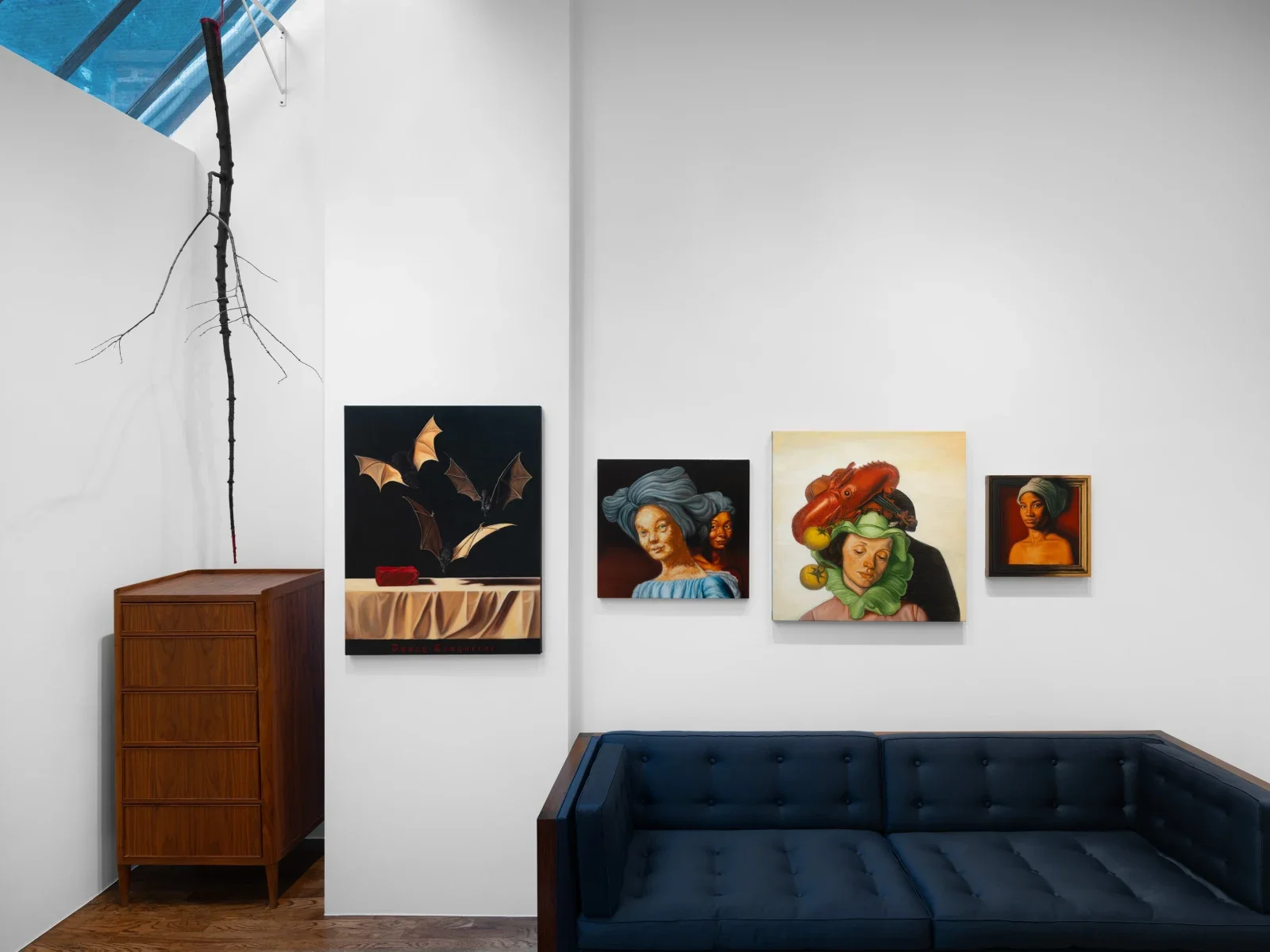
Installation view, Palo Gallery, 2023

Duppy Conqueror, 38 × 30 inches
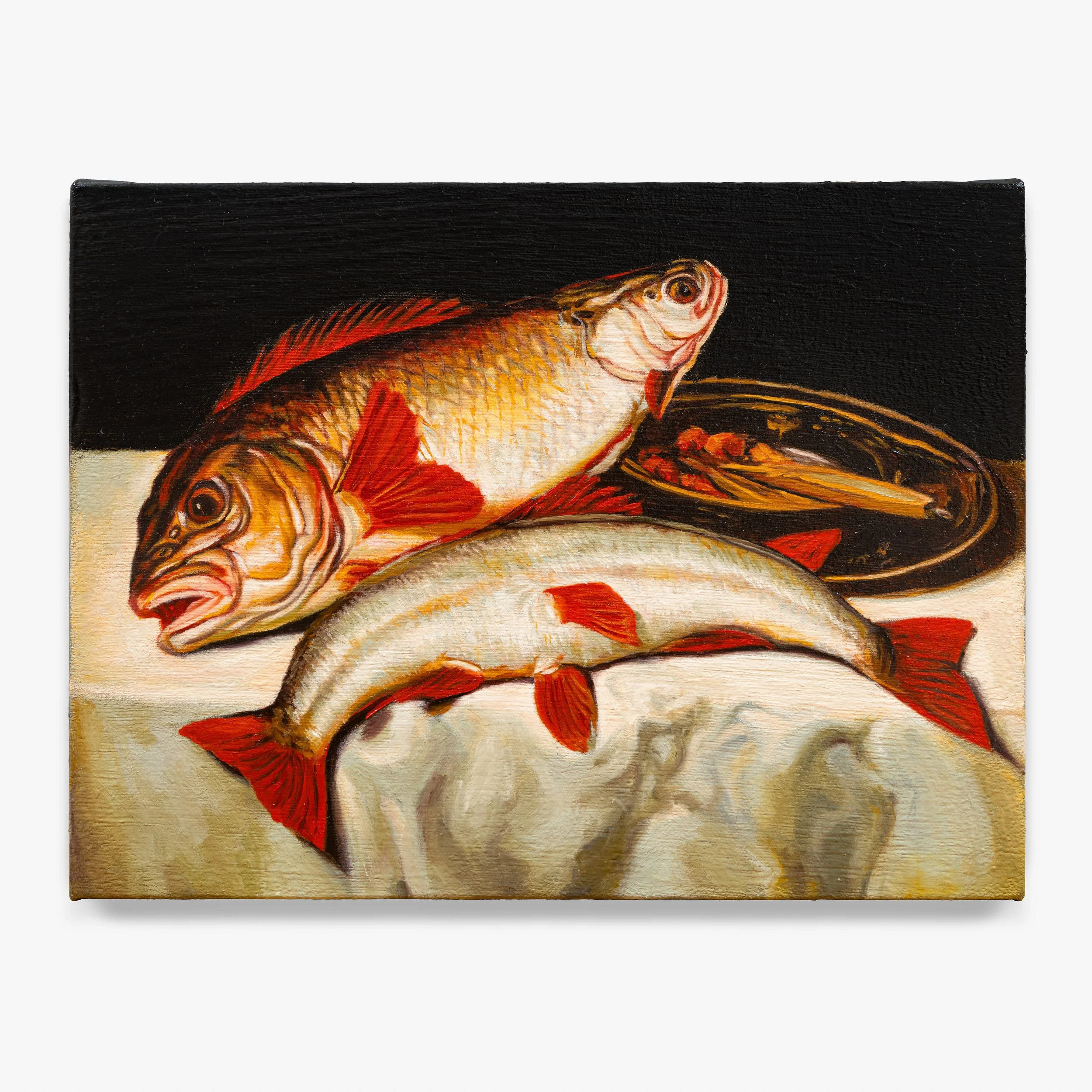
Snapper, 9 × 12 inches
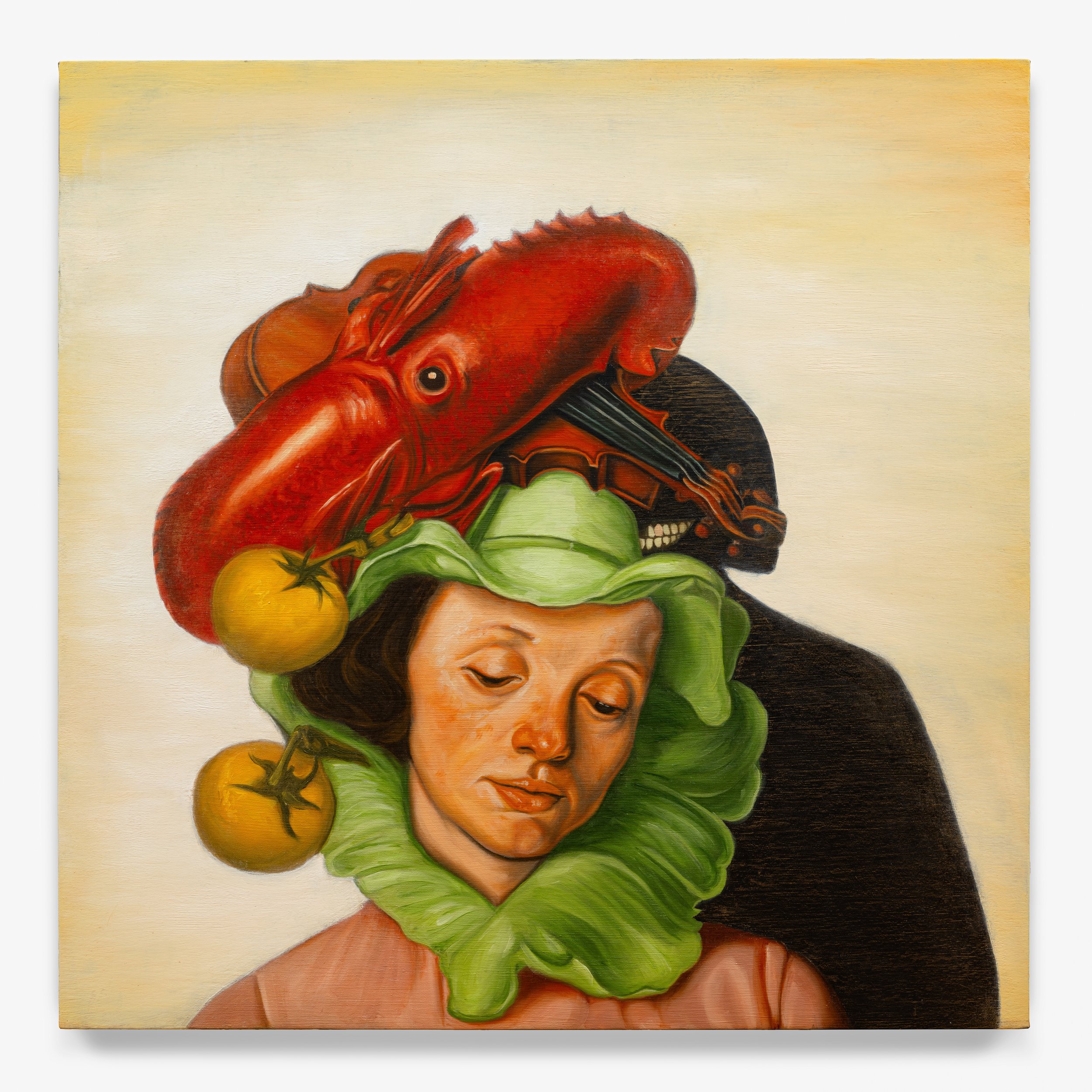
Annie Palmer, The White Witch Of Rose Hall, 30 × 30 inches
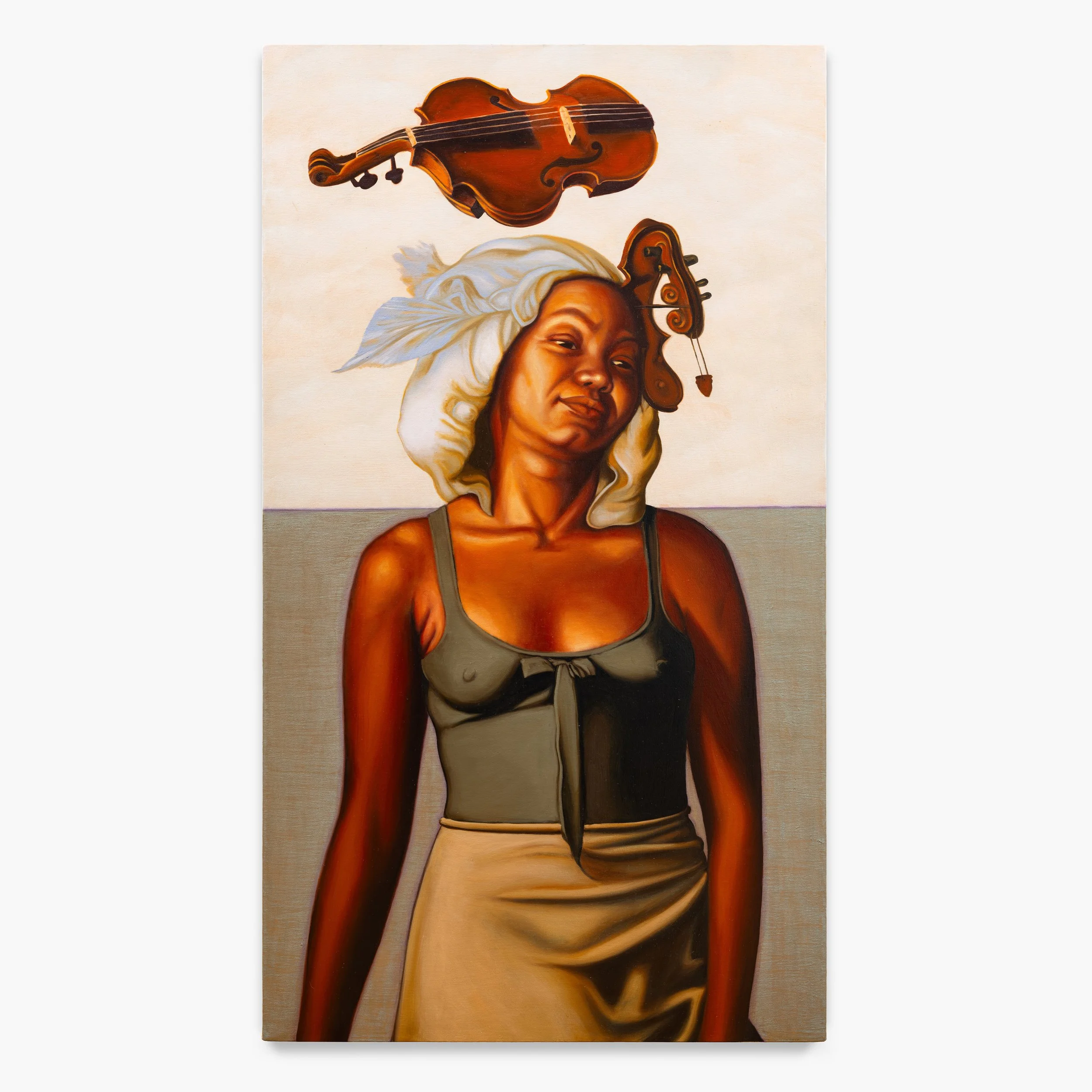
Kenisha, 54 × 30 inches
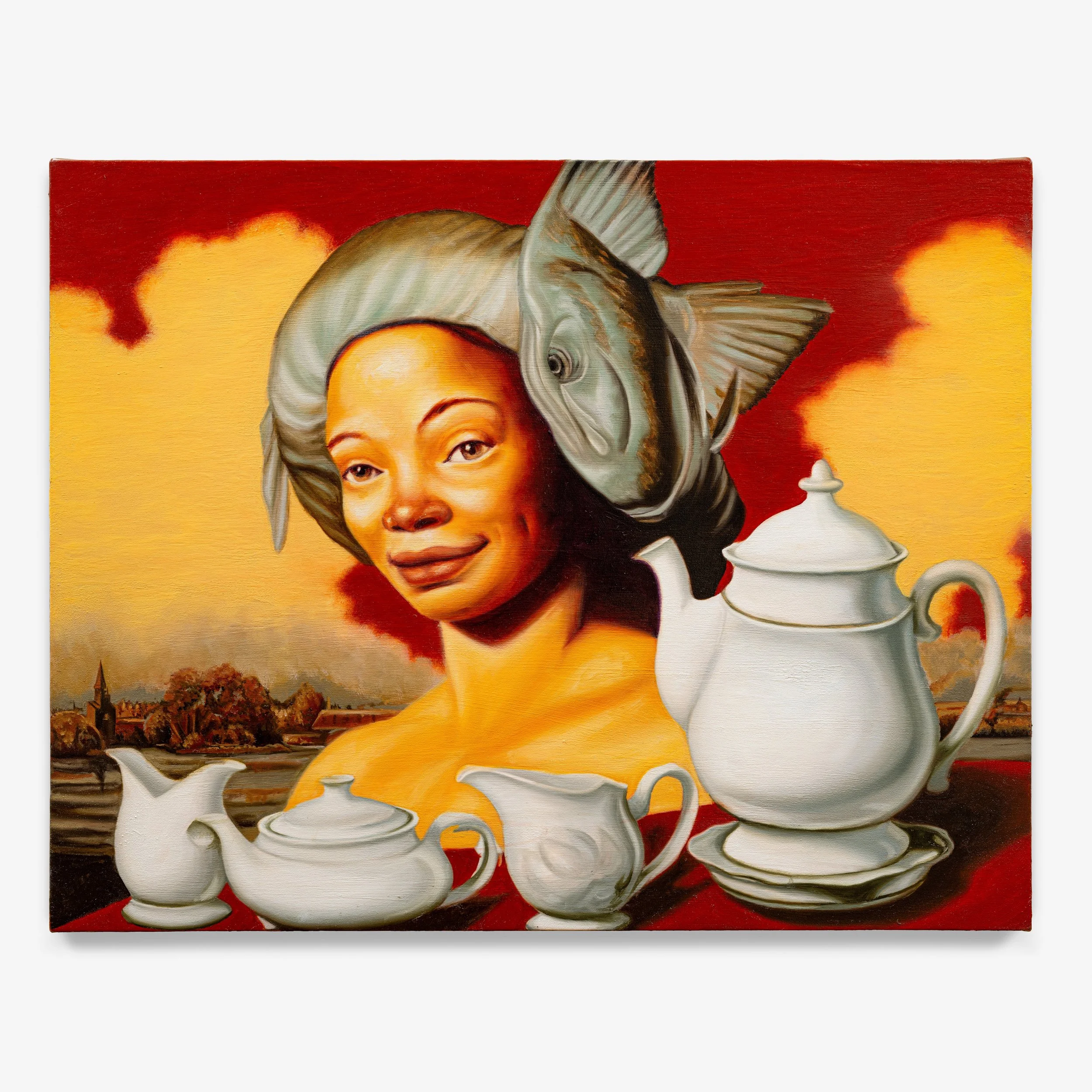
Kadianne, 22 × 28 inches

Peta Gaye, 32 × 30 inches
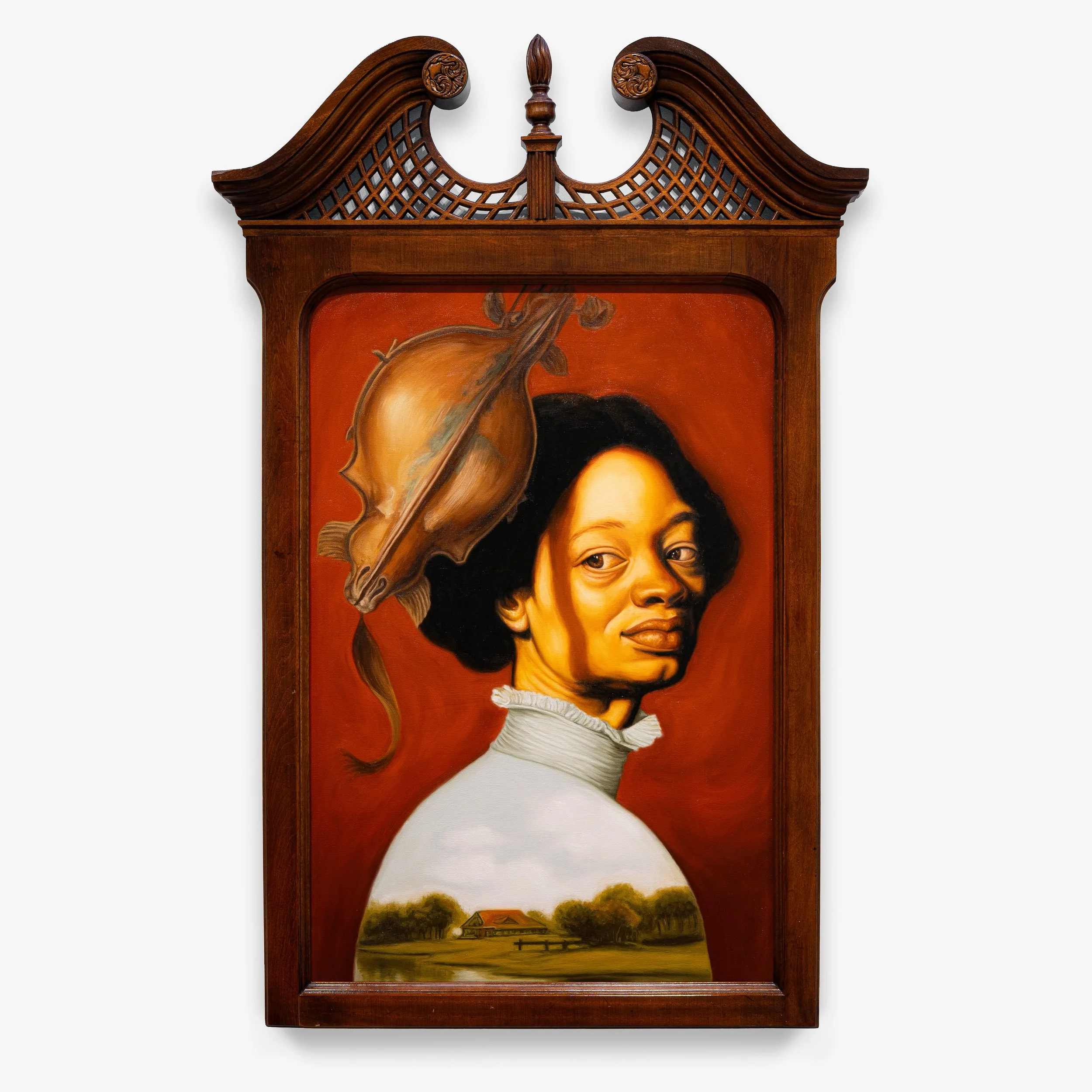
Requiem, 32 × 50 inches
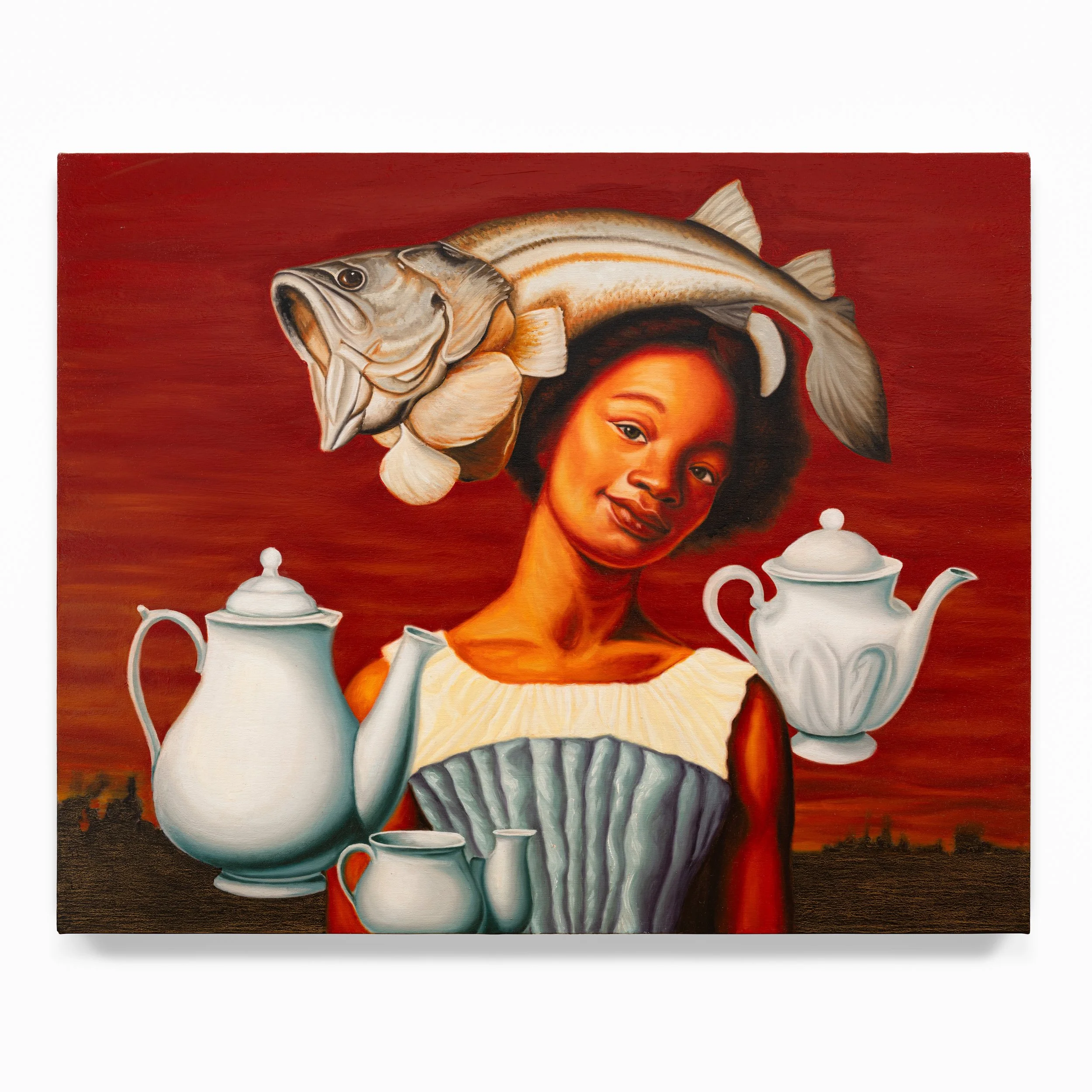
Yanique, 26 × 32 inches
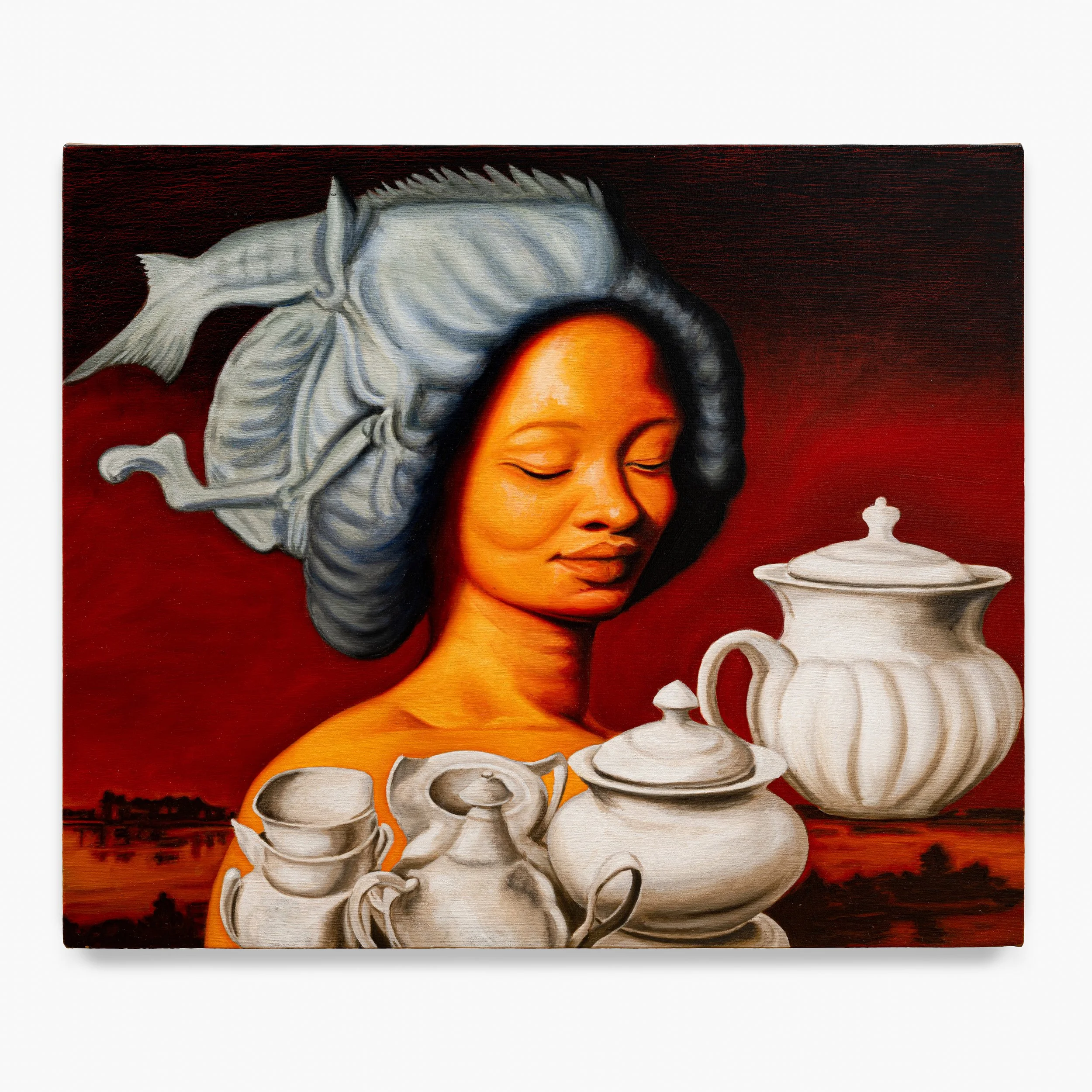
Shelly-Ann, 20 × 24 inches
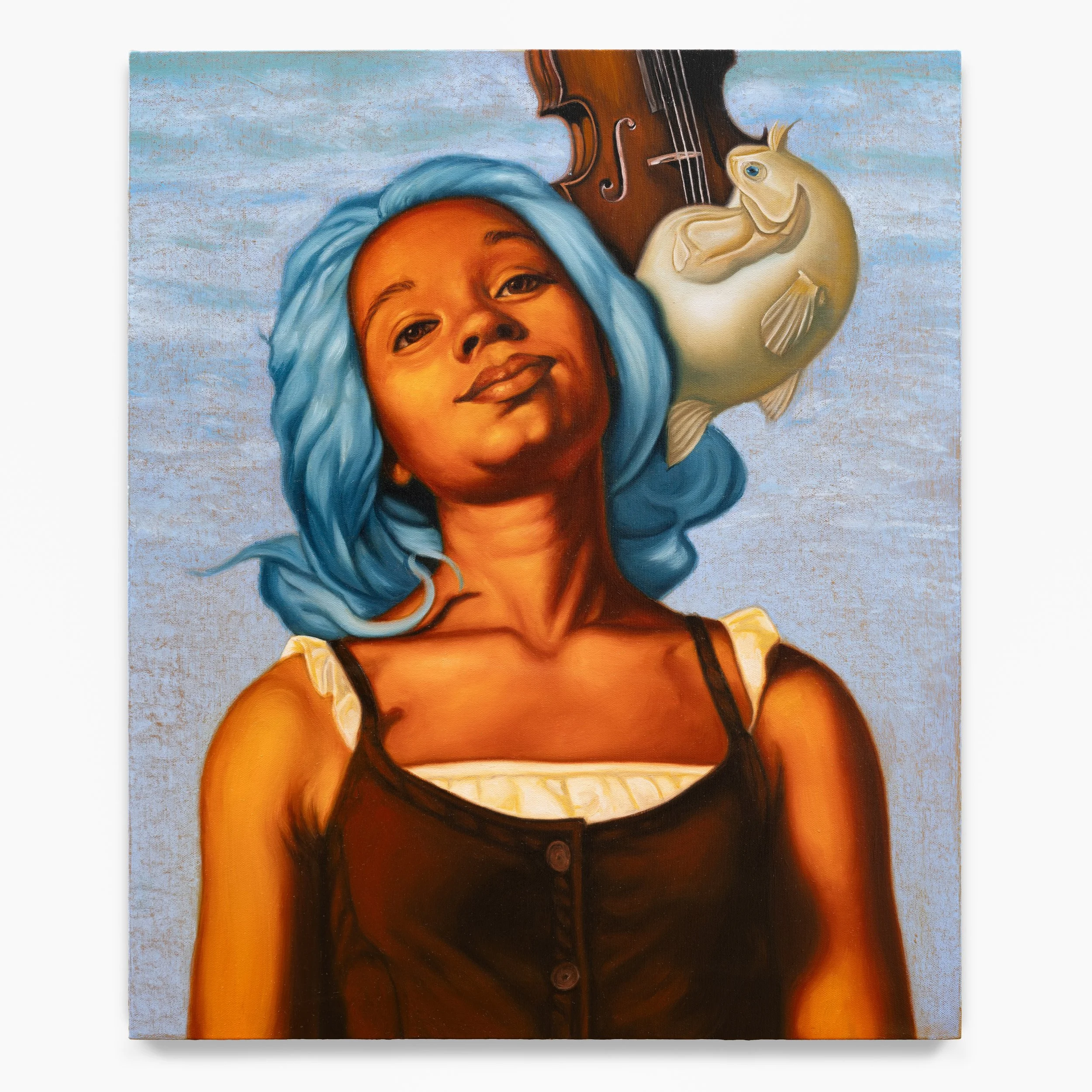
Shauna, 24 × 20 inches
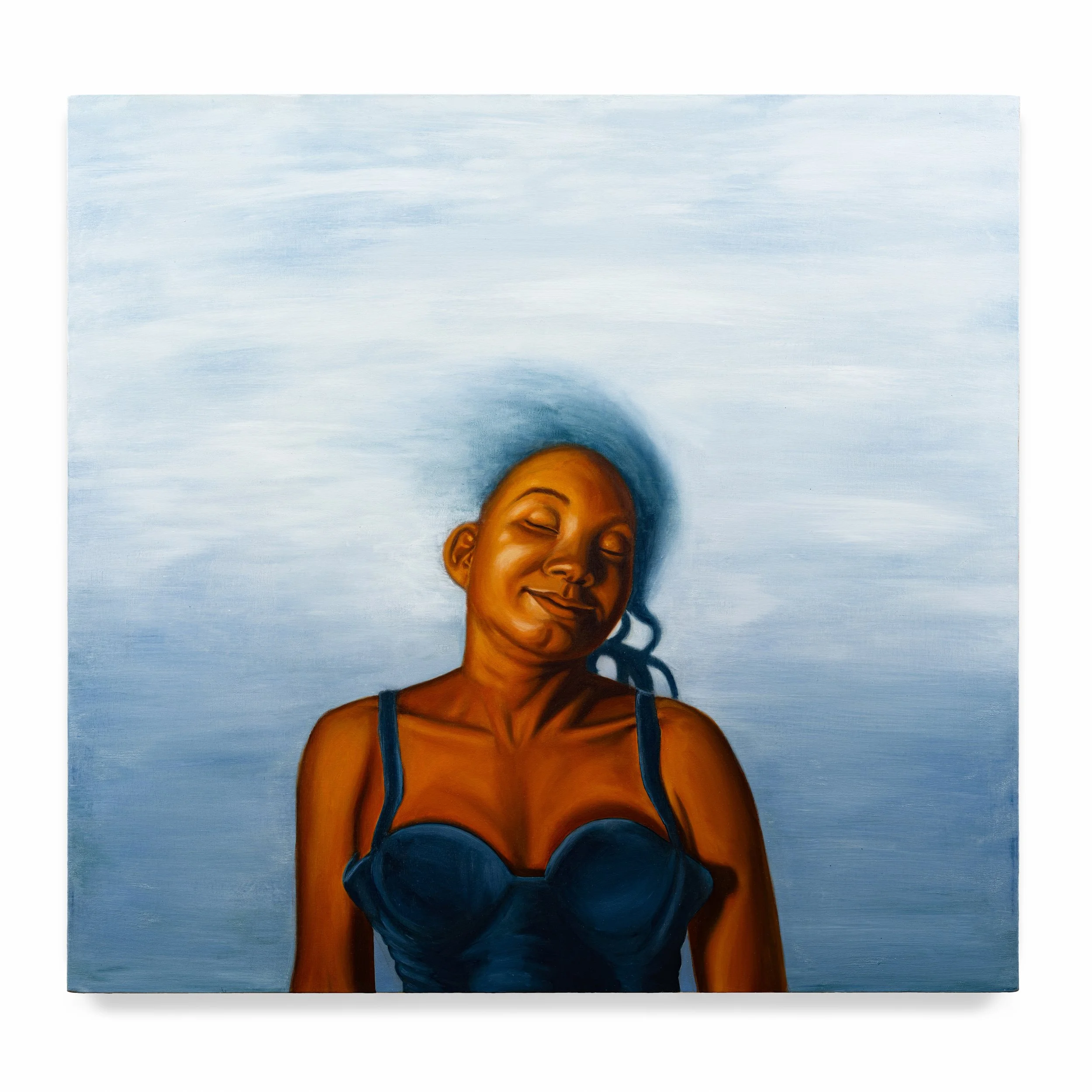
Cloud Nine, 38 × 40 inches

Nanny of the Maroons, 34 × 34 inches
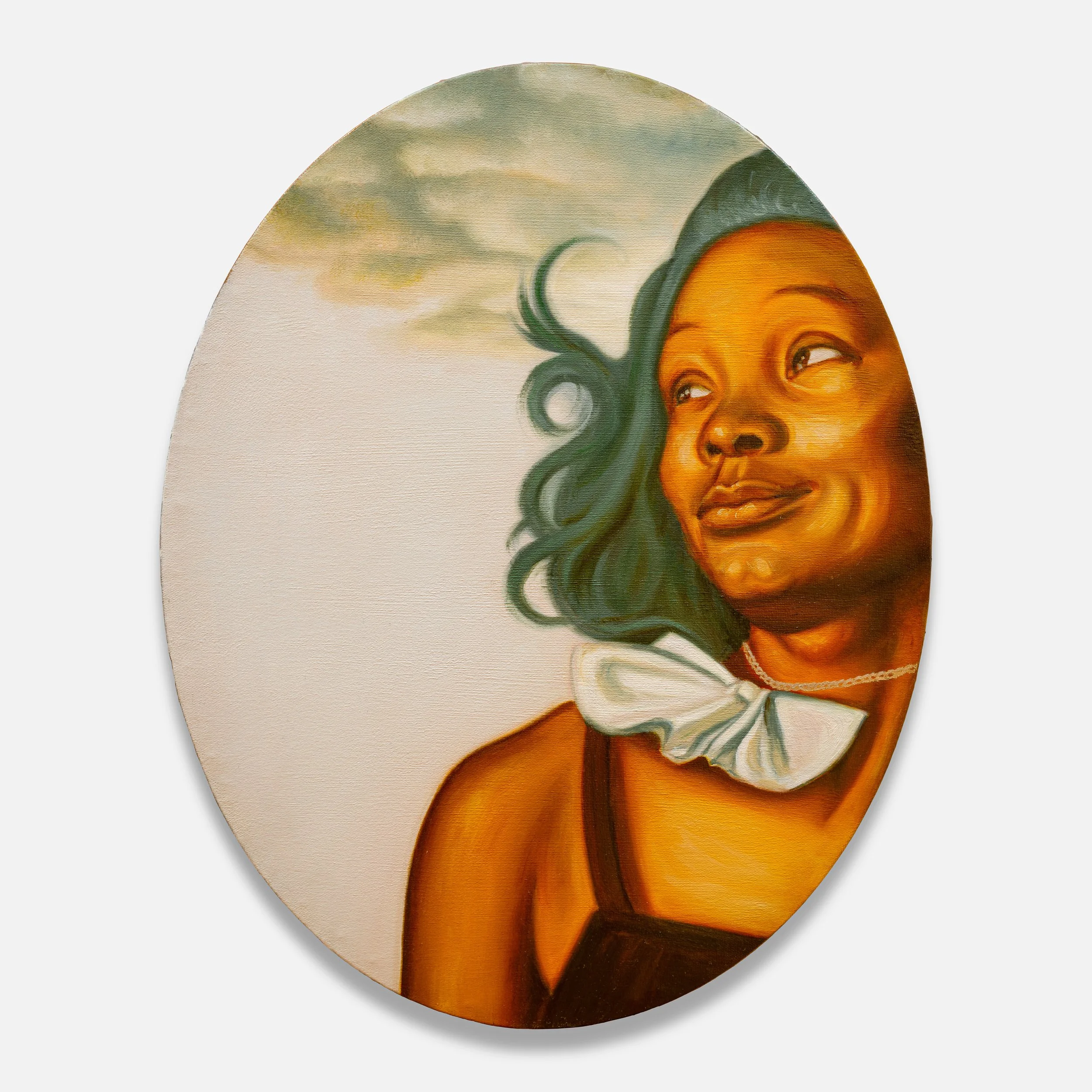
Shanice, 20 × 16 inches
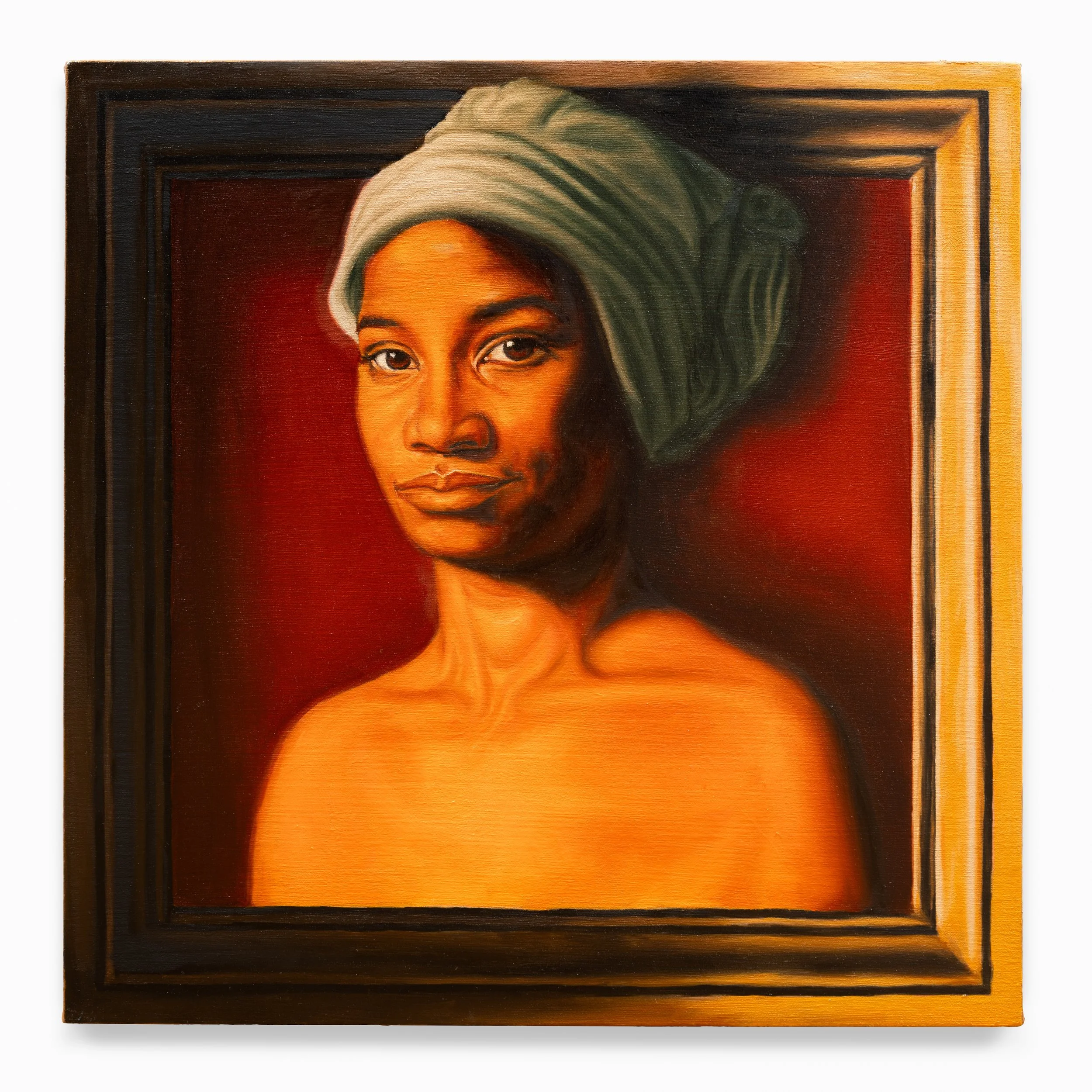
Study for Rapunzel, 15 × 15 inches
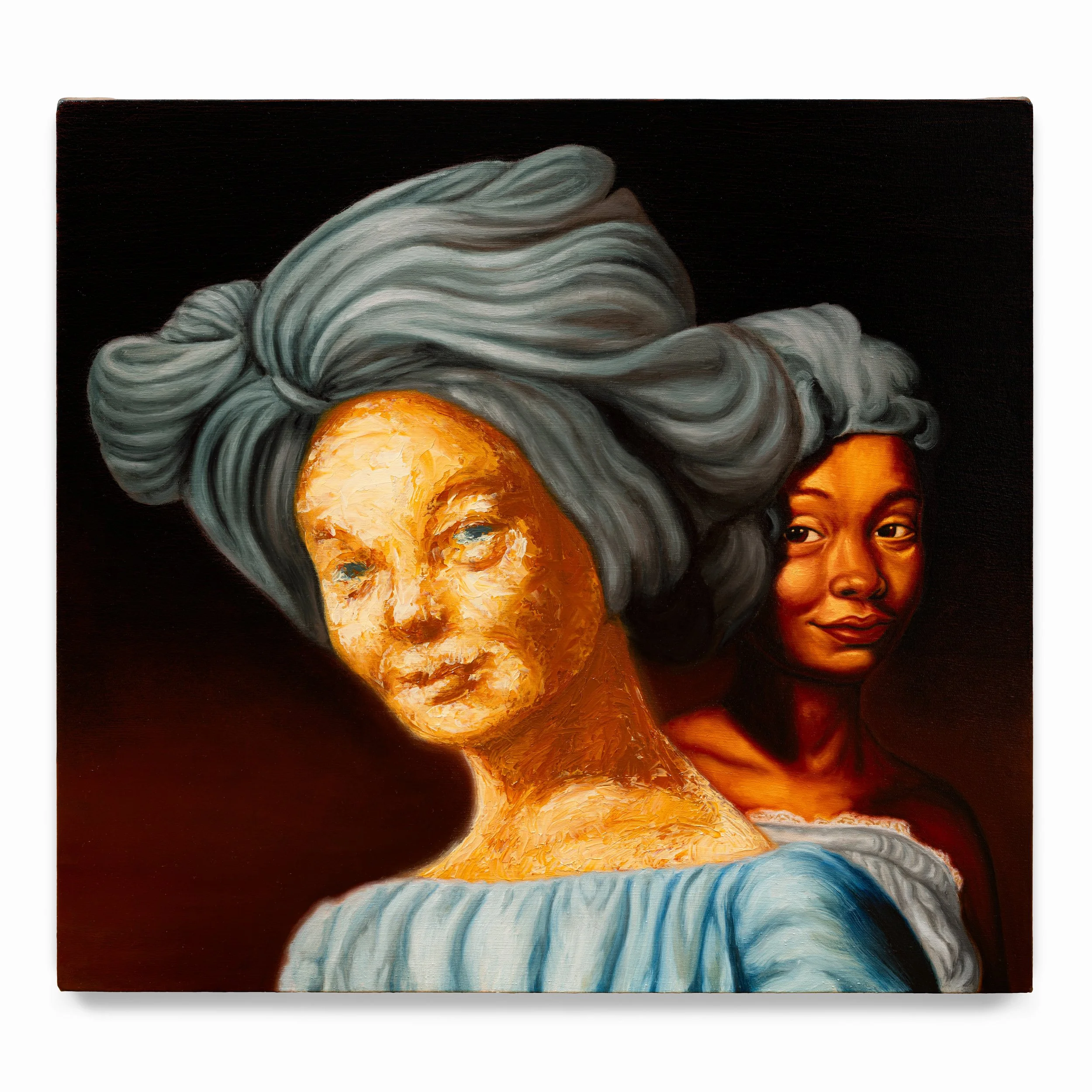
Nadinola (Miss Jamaica Pageant), 22 × 24 inches

Fort Haldane, 54 × 54 inches
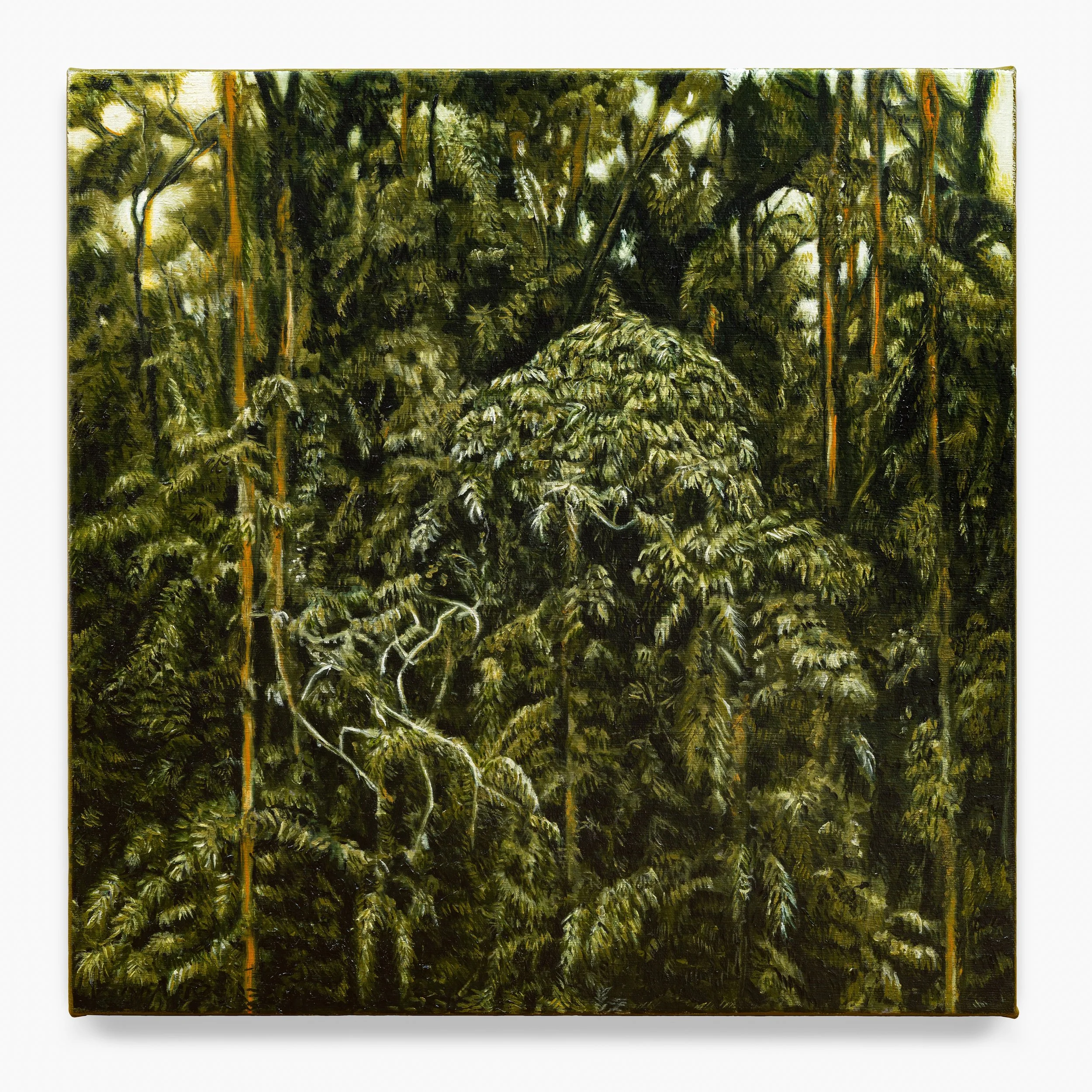
SML 173, 15 × 15 inches

Installation view, Palo Gallery, 2023

Installation view, Palo Gallery, 2023
Wood and Water is a body of work that returns to my earliest memories of growing up in Jamaica. The title comes from Xaymaca—the Arawakan word meaning “land of wood and water”—a phrase that has always resonated with me for its poetic description of the island’s lush vegetation, rivers, and coastal waters.
In this series, I explore the relationship between personal memory, folklore, and the broader cultural and historical forces that shape Caribbean identity. The paintings move fluidly between the intimate and the mythic, drawing on everything from Old Master portraiture to Jamaican folk tales and twentieth-century cinema. Through these varied references, I try to build compositions that question how beauty, power, and desire are encoded in images.
Much of my practice involves studying and reinterpreting sixteenth-century European painting—particularly the theatricality and artifice of Rococo and Northern Mannerism—and redirecting those visual languages through the lens of contemporary Caribbean experience. Within this framework, I examine issues of race, gender, and agency, using myth as both a metaphor and a form of resistance.
The River Mumma appears throughout the series as a recurring figure and a cornerstone of my visual vocabulary. In Jamaican folklore, she is a guardian spirit of the waterways—part woman, part fish—both seductive and fearsome. For me, she embodies the tension between beauty and danger, between preservation and exploitation, that runs through so much of Jamaica’s history.
The deep reds and maroons that surface in many of the works refer to the island’s Bauxite mining industry—an extractive enterprise that has scarred both landscape and community. I see this not only as a symbol of environmental devastation but as a metaphor for the cycles of desire and loss that underpin many of the personal narratives in the work.
Across the series, themes of friendship and betrayal, sex and luck, money and class intersect with the spiritual and historical dimensions of the Caribbean. Wood and Water is, in that sense, both a personal reckoning and a visual archaeology—a way of tracing how love, history, and myth converge to shape the stories we tell about who we are.